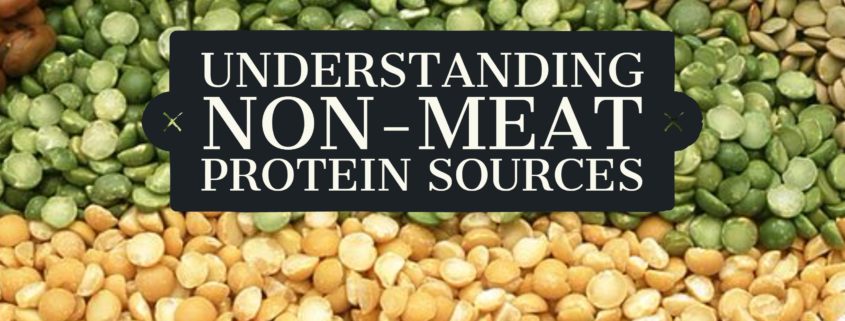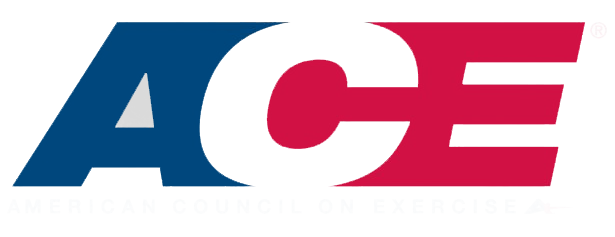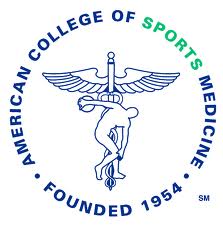Understanding Non-Meat Protein Sources
One misconception I hear from time to time is that you have to eat meat in order to get a proper intake of daily protein. While meat products do have all the amino acids to make a “complete” protein, they are not the only choice. There are several non-meat options available but there is a trick to getting the most bang for your buck when eating your non-meat proteins.
Proteins are made from 20 different types of amino acids. Thankfully, your body naturally produces 11 of those amino acids. The nine amino acids that the body does not naturally produce are called essential amino acids. They are “essential” because it is essential that you eat them. These nine essential amino acids are important for several reasons, such as fighting off infection, producing healthy skin, breaking down fat, and developing proper brain function.
There is debate whether there is a need to combine non-meat protein sources in order to receive the correct amount of all nine essential amino acids. This theory is known as “complimentary proteins” and deals with combining non-meat sources of protein. Some examples are pairing beans (legume) with rice (grain), peanut butter (legume) and wheat bread (grain), and cereal (grain) with milk (dairy). While some argue it is not absolutely necessary to make these combinations, you will intake all nine essential amino acids if you do.
Non-meat sources of protein have different amounts of protein in them. Some of the highest protein options come from dairy products like cheese, yogurt, or milk. However, there are a variety of non-meat foods you can eat in order to increase protein intake, including almonds, walnuts, green peas, broccoli, asparagus, green beans, spinach, artichokes, chickpeas (hummus), soy products, oatmeal, quinoa, lentils, brown rice, and black beans.
There are also protein powders that can be derived from some of the food items I listed above. The most common protein source in a protein powder is whey, which comes from milk. There are also protein powders available with soy protein, pea protein, and brown rice protein. Whey protein will always have the most saturated fat because it is derived from an animal source. Always be mindful of the sugar content of protein powder as well. Many people want their protein powder to taste good, but make sure it is not a glorified chocolate/vanilla/ strawberry milkshake.
There are many ways in which you can acquire your protein intake through a variety of different types of food. This does not mean you cannot ever have meat, but do realize it is not the only source in which you can receive appropriate amounts of protein.

CHES, ACE Health Coach, AFPA Nutrition & Wellness Consultant








Leave a Reply
Want to join the discussion?Feel free to contribute!